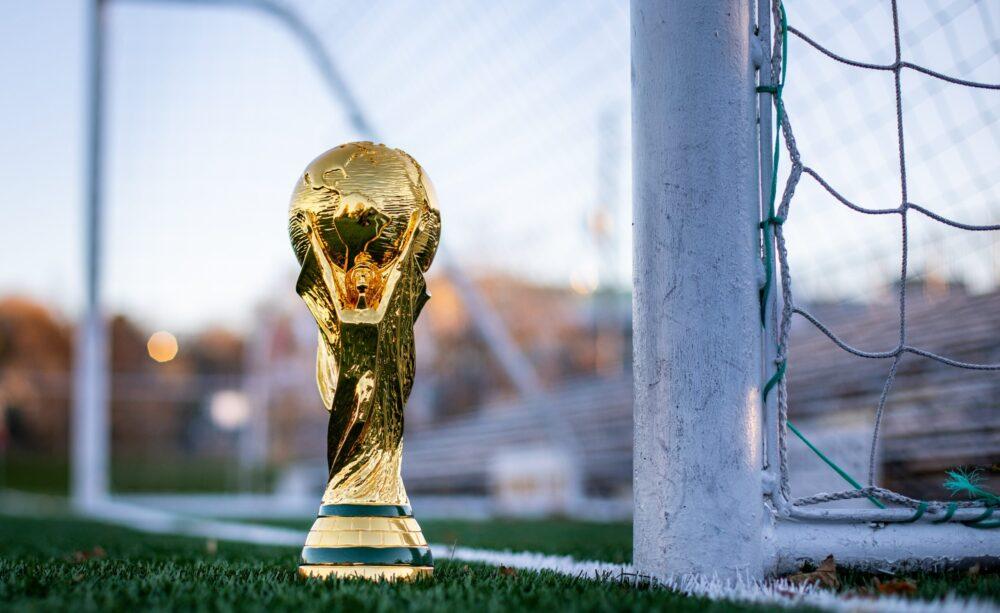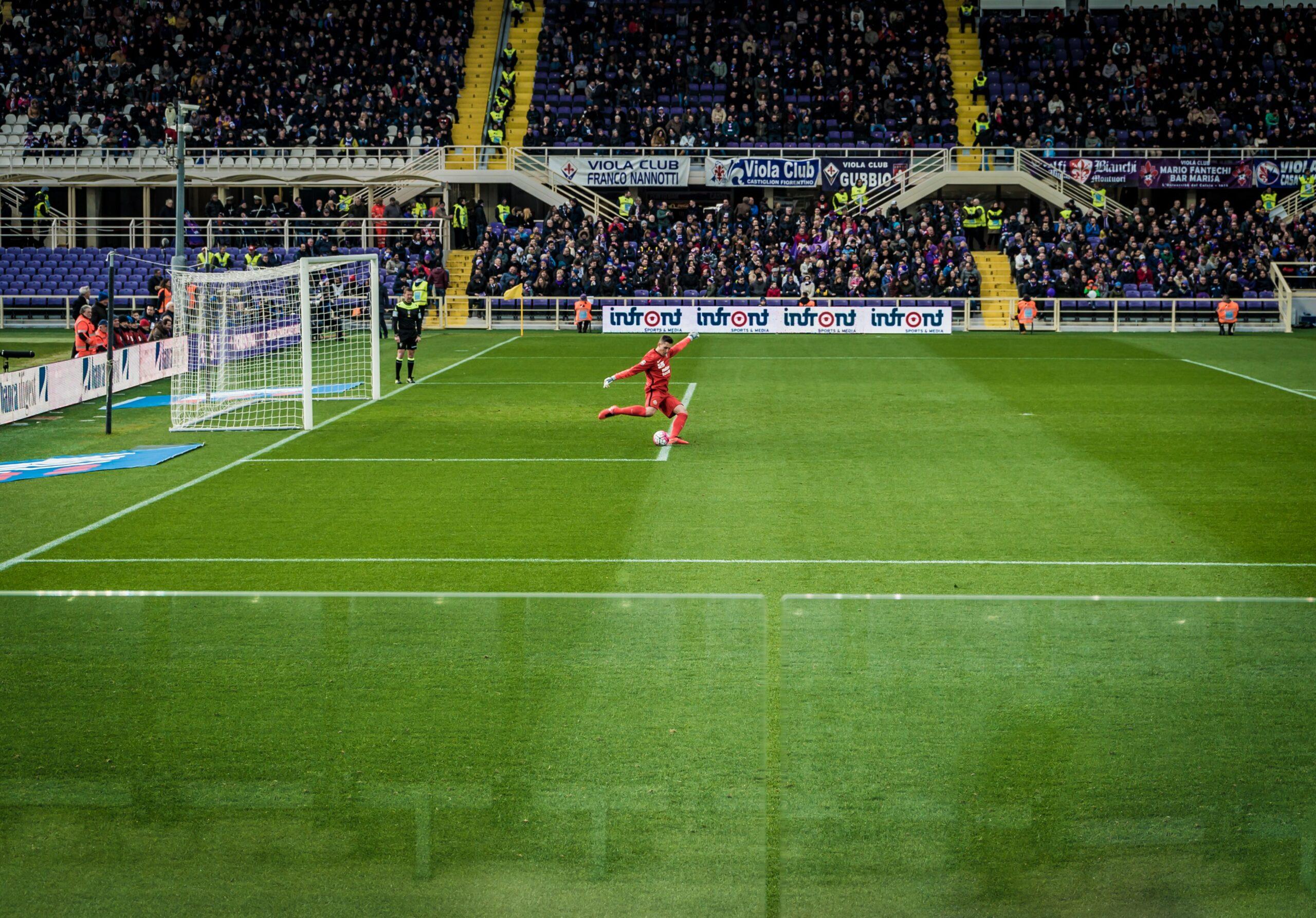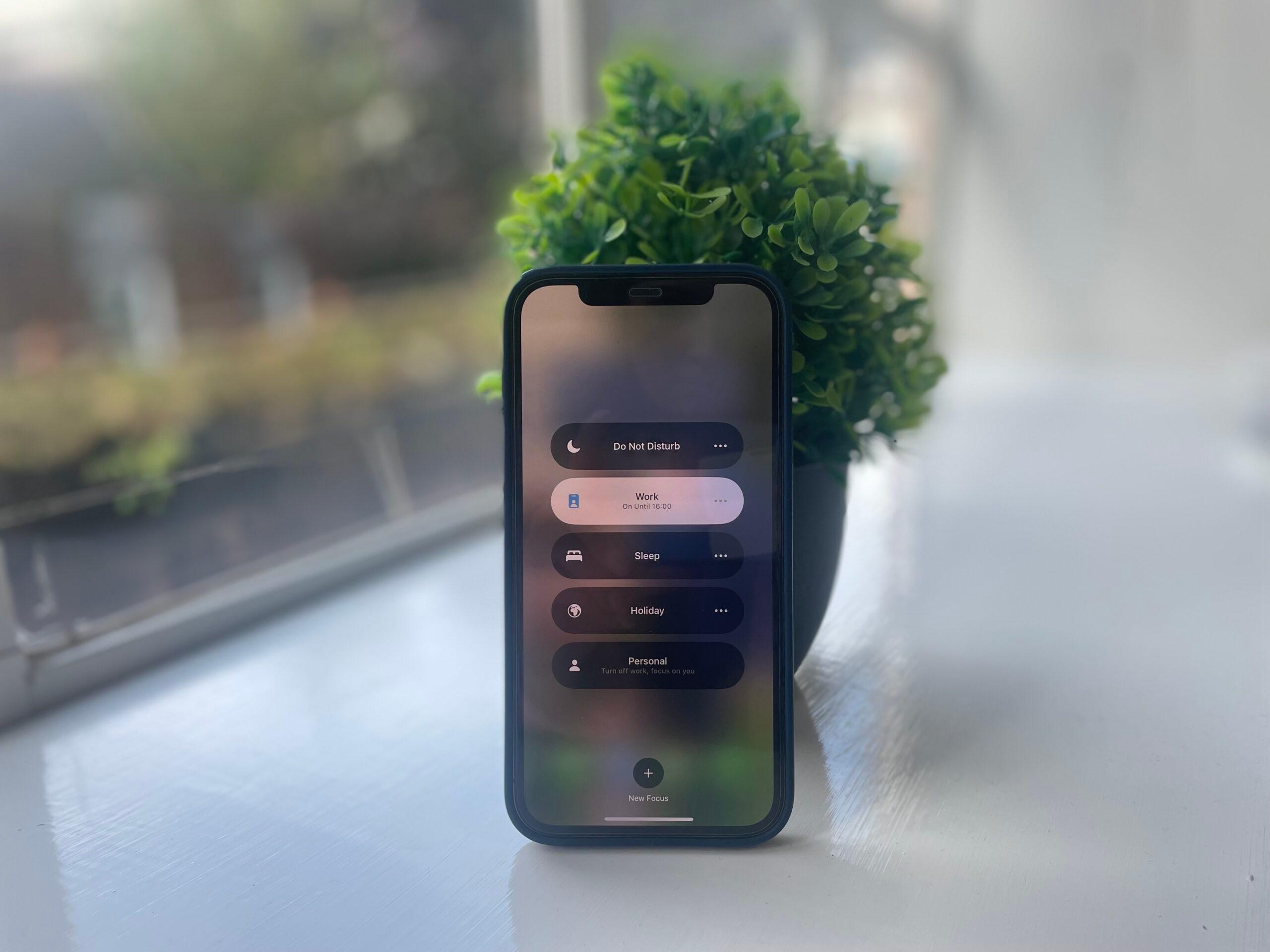With the World Cup well underway, we take a look at how technology has impacted football and led to where it is today!
Technology has impacted every inch of the world as we know it. Everything from communication to shopping to transport and even healthcare has been affected by technology. When it comes to sports, it’s evident that technology has played a big role. We can’t wait to delve in!

Photo by Rhett Lewis
The Football
Back in the early days of the game, footballs were made from pigs’ bladders and filled with air which meant that the ball’s behaviour was dictated solely by the shape of the pig’s bladder and was highly unpredictable from game to game.
The first modern day football wasn’t invented until 1855 when Charles Goodyear created the first vulcanised rubber footballs. Goodyear’s invented allowed the football to behave much more predictably and formed the foundation of the football as we know it today!
In the World Cup 2022, the football named Al Rihla is the most advanced yet. Designed by leading sportswear brand Adidas, the ball features unique texturing to enhance accuracy and improve the flight of the ball. It will also utilise a unique suspension system which allows a tracking system to sit within the ball itself. The new tech will track every inch of the game with a precise motion sensor that records data at a rapid rate of 500 times every second!
Goal Line Technology
One of the most well documented innovations within the sport has got to be goal line technology. This advanced tech combines a series of mechanisms that work in tandem to determine whether or not the ball has crossed the goal line. The most interesting part of the system is the use of a magnetic field that tracks the side of the ball via a sensor embedded within the ball itself.
Whilst most stakeholders agreed that the tech has improved the fairness and objectivity of the game, some fans remain opposed to this modernisation. At least we can all agree that the tech itself is pretty cool, right?
Hawk Eye
Hawk Eye technology is a series of optical tracking cameras that assist goal line technology. The system accurately tracks the ball and informs the referee whether or not the ball has fully crossed the goal line. Developed in 2001 by a group of dedicated engineers, Hawk Eye provides synchronised multi-angle replay technology to maximise accuracy and ensure that decisions are always based on evidence.
Arguably goal decisions are the most divisive element of football matches, so having this advanced tech is fantastic for removing uncertainty when the ref makes an unpopular decision!
Video Assistant Referee (VAR)
Whilst Hawk Eye and Goal Line Technology are generally used to assess the movement of the ball, VAR is utilised to assess additional significant incidents such as penalty decisions, red cards and mistaken identity.
There are usually an additional 2 or 3 assistant referees that help to analyse video footage and help the ref make a final judgement call. Refereeing has clearly come a long way since the days of making split-second decisions based on subjective opinions that’s for sure!
Wearable Tech
Not only has technology impacted the referees decision making process and the football itself, the players have also been impacted. Electronic Performance & Tracking Systems (EPTS) and wearable technology are now employed to analyse and assess the performances of the team and individual players alike.
Officially launched in 2017, EPTS do a similar job to Hawk-Eye tech by tracking ball and player positions. However, EPTS is often used in conjunction with wearable technical such as accelerometers and heart-rate monitors which can analyse physiological processes and movements. This advanced combination of technology has allowed for players to rapidly improve their game and adjust positions, breathing patterns and physical movements to enhanced performance.
The Football Kit
Back in the day, most professional football players were wearing cotton kits which were heavy, didn’t dissipate heat away from the body and absorbed moisture. Thanks to the invention of polyester in the 1940s, football kits were mostly made from this new, innovative material by the 1980s. Allowing players to feel much more cool and dry thanks to the low water absorption of the polyester fibres compared to cotton.
Fast forward to 2022 and the advancement in textile technology has enabled football kits to be extremely high-performing. For this year’s World Cup, England will be wearing a kit designed by Nike. The cutting-edge and lightweight kit utilises Dri-FIT ADV technology meaning the kit is completely seamless for distraction-free play and also boasts advanced moisture-wicking properties to ensure players remain comfortable throughout the tournament.
Bonocle
For those who are visually-impaired, this year’s World Cup is a breakthrough. Qatar will host the very first international tournament that features Bonocle technology. The state of the art technology utilises bluetooth technology to transform visual content into braille so fans all across the world can engage with the World Cup to a much deeper extent than they ever could before.
It’s safe to say that technology has had an extremely significant impact on not only this year’s World Cup but the game of football itself. From technical textiles to motion sensors, high-resolution camera tracking and magnetic goal line technology, we’re amazed by the technology that impacts every aspect of the game!
For more tech news, visit Limely’s blog!












